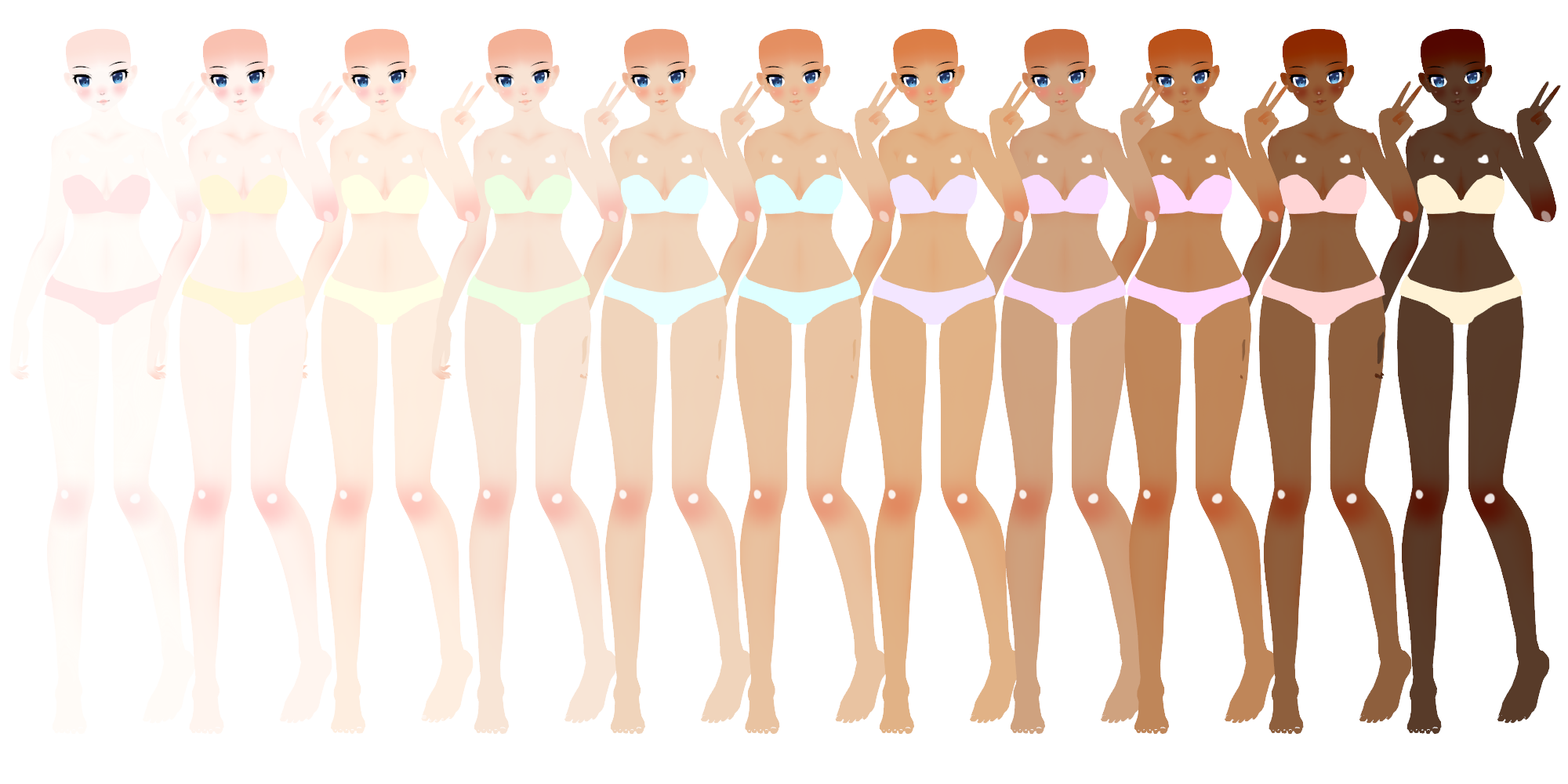
In patients with darker phototypes where erythema and telangiectasia (visible blood vessels) is more difficult to visualise, greater emphasis may be placed on other major and minor features. This requires one diagnostic criterion or two major criteria to be fulfilled. Diagnosis is made according to diagnostic and major criteria recommended by the 2017 global ROSacea COnsensus (ROSCO) panel. Rosacea is diagnosed clinically in the majority of cases. UV radiation can damage the dermis and increase skin inflammation. The most significant environmental trigger is UV radiation affected skin is more sensitive to exposure.
Increased Th17 expression can increase levels of cathelicidin LL-37 in keratinocytes and drive further inflammation. Dominant T-helper (Th)1/Th17 gene expression in all features of rosacea. The result is an exaggerated innate immune reaction to the initial trigger. Furthermore, cathelicidin LL-37 increases sensitivity of the skin to the sun. In the skin of patients with rosacea, there is increased expression and activity of toll-like receptor 2, cathelicidins, kallikrein 5, and mast cells. Affected skin displays features indicating skin barrier impairment, allowing bacterial colonisation and inflammation. Triggers include ultraviolet ( UV) radiation, temperature change, exercise, spicy foods, alcohol, psychological stress, air pollution, and tobacco smoking. Dysregulation of the immune response may lead to excessive inflammation, vasodilation, lymphatic dilatation, and angiogenesis. Bacterial overgrowth of the small intestine, Helicobacter pylori infection, and increased density of Demodex folliculorum and Staphylococcus epidermidis on the skin may play a role in skin inflammation. Association with single nucleotide polymorphisms related to the class II major histocompatibility complex. The pathogenesis of rosacea is thought to be multifactorial and includes: Rosacea has been associated with depression, hypertension, cardiovascular diseases, anxiety disorder, dyslipidemia, diabetes mellitus, migraine, rheumatoid arthritis, Helicobacter pylori infection, ulcerative colitis, and dementia. It may be more difficult and under-recognised in patients with skin of colour. Although rosacea can affect anyone, it is more common in those with fair skin, blue eyes, and those of Celtic or North European descent. 
However, it can occur at any age and occasionally presents in children. Rosacea typically presents after the age of 30 and becomes more prevalent with age.

Although rosacea is often thought to affect women more than men, studies have revealed an approximately equal gender distribution. Rosacea is estimated to affect around 5% of adults worldwide. Click here for more images of rosacea Who gets rosacea?






 0 kommentar(er)
0 kommentar(er)
